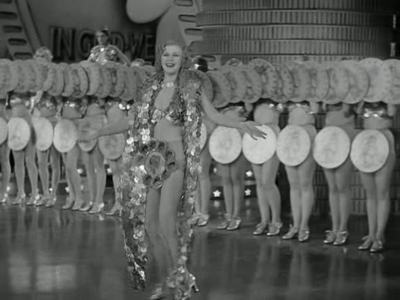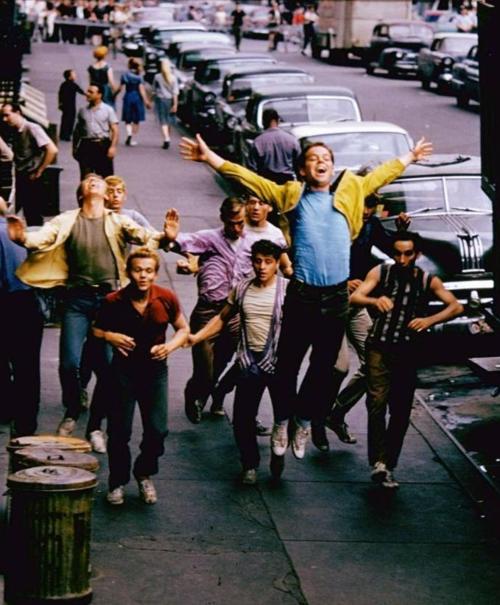
by John Greco
I’m singin in the rain
just singin in the rain
What a glorious feeling
I’m happy again
I’m laughing at clouds
So dark up above
The sun’s in my heart
And I’m ready for love
Is there anything more exuberant than watching Gene Kelly singin’ and dancin’ in the rain? Generally considered one of, if not, the grandest of all musicals, and whom am I to argue, “Singin’ in the Rain” is a joyous delight, celebrating movies, music, dance and the talent of a cast and creators who rarely were better. Critics over the years have been in agreement, from Pauline Kael who called it “the most enjoyable of musicals” to David Kehr, who said it is “one of the shining glories of the American musical’ to Roger Ebert who wrote, “There is no movie musical more fun as ‘Singin’ in the Rain,’ and few that remain as fresh over the years.” Even New York Times curmudgeon Bosley Crowthers wrote at the time of the film’s release, “Guaranteed to put you in a buttercup mood.” And let’s face it, if a film can put old sourpuss Crowthers in a “buttercup mood” that my friends, is one hell of a movie! (1) (more…)































 Click on names for archives
Writers/Founders
Click on names for archives
Writers/Founders